Cyclamen in supermarkets, their plastic pots wrapped gaily in shiny paper, are as emblematic of winter as are poinsettias of Christmas and red roses of Valentine’s Day. We can perhaps be forgiven for thinking of cyclamen as short-lived decorations to be discarded after flowering since that is how these charming little plants are usually marketed.
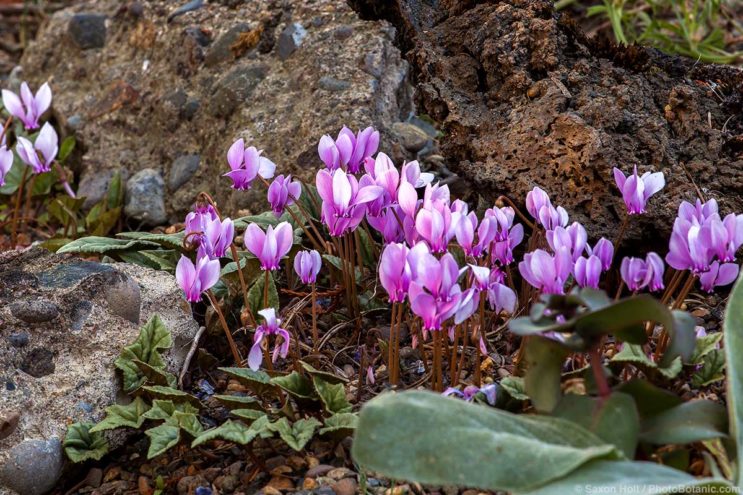
Cyclamen hederifolium
Supermarket cyclamen are mostly highly bred, frost-tender cultivars of Cyclamen persicum, a winter- and spring-flowering species native to the summer-dry eastern Mediterranean region. These cultivars are commonly grown as seasonal houseplants and are known as florists’ cyclamen to distinguish them from species cyclamen, especially the hardier species grown in gardens.
Florists’ cyclamen range from fairly large to tiny with wide variation in the colors, shapes, and sizes of flower and leaf. Cultivars with especially large flowers, double flowers, and flowers with frilly petals are available.
Species cyclamen, including C. persicum, are low-growing, tuberous perennials with a dense rosette of overlapping, rounded, heart-shaped, oblong, or pointed and somewhat ivy-like leaves. Leaves usually but not always are blotched or intricately patterned in varied combinations of dark green, light green, silvery green, creamy white, or gray.
Flowers of species cyclamen are usually pale to deep pink, sometimes bright white, often with a different or darker color at the petal base. Petals are reflexed, sweeping sharply upward and back, and sometimes twisted. Leaves and flowers arise directly from the tuber on individual stems. Flowers of some species are distinctively and memorably scented.
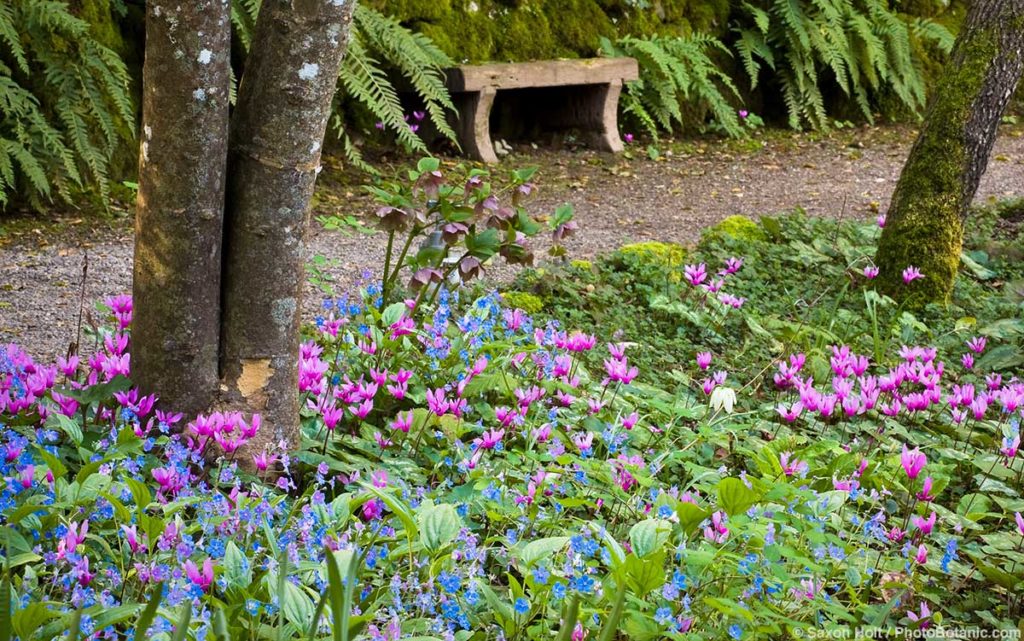
Cyclamen hederifolium as a woodland groundcover with Omphalodes cappadocica
A little more than half of species cyclamen flower in late summer and fall, most of the rest in winter or early spring. Some bloom before new leaves appear, some flower along with emerging leaves, and still others flower after leaves have fully matured. Most but not all cyclamen are dormant and leafless in midsummer.
There are about twenty species and many more subspecies, varieties, and forms of cyclamen distributed throughout southern Europe, the Mediterranean islands, and especially the mountains and coastal areas of the eastern Mediterranean region from Bulgaria and Turkey to Israel. Many species are not readily available to gardeners, mostly because they have proven rather difficult to grow.
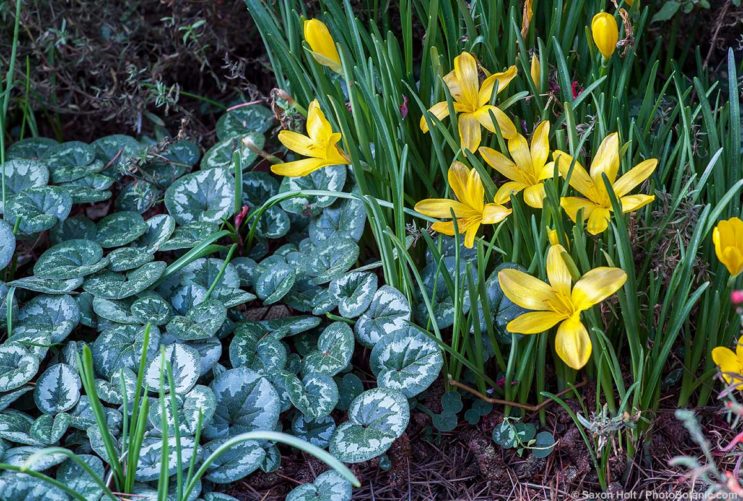
Leaves of Cyclamen coum with yellow-flowered Sternbergia lutea
Cyclamen coum and C. hederifolium, both hardy and easily grown in gardens, are the species most commonly offered in nurseries, and cultivars of both are available. Plants of several other species or their cultivars are sometimes available in nurseries and seeds of these and many others are commonly offered online. C. hederifolium, C. coum, C. alpinum, and C. cilicium are probably the hardiest and easiest to grow in the open garden. All self-sow and are easily propagated by seed.


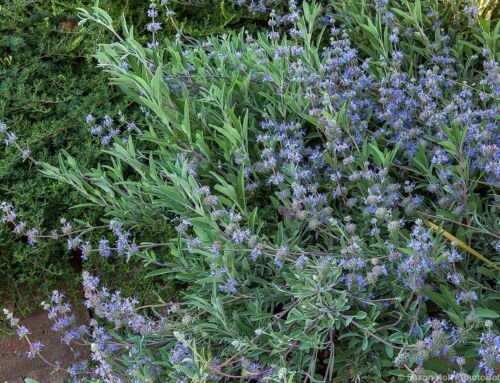
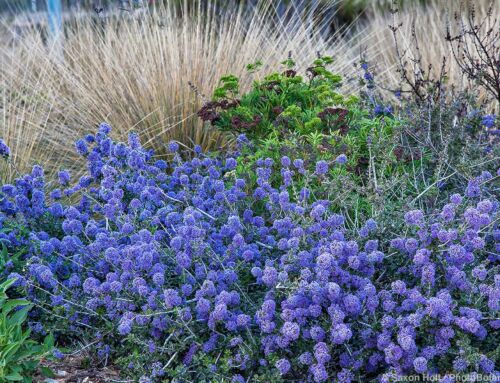
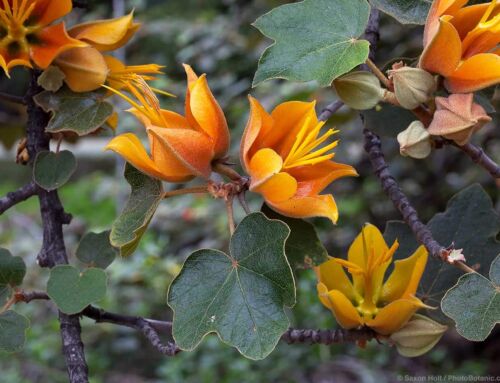
Leave A Comment